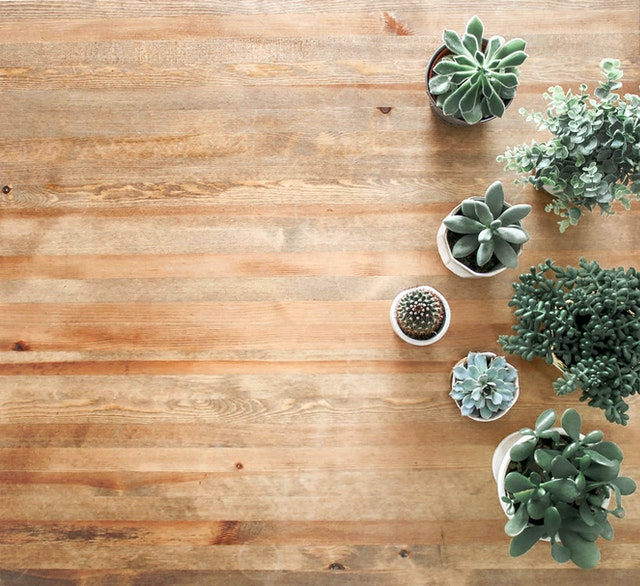Are you thinking about starting your own vegetable garden? It’s a great way to get fresh, healthy produce right at your fingertips. Plus, it’s a fun and rewarding hobby. But before you start planting, there are a few things you should know. In this blog post, we will share some tips for starting your own vegetable garden. From choosing the right location to picking the right plants, we’ve got you covered. So whether you’re a gardening novice or a seasoned pro, read on for some helpful tips.
Decide what vegetables you want to grow
When planning your vegetable garden, one of the first things you need to do is decide which vegetables you want to grow. This can be a tough decision, as there are so many delicious and healthy options to choose from! However, there are a few factors you should keep in mind when making your decision:
-Your climate: Some vegetables will only thrive in certain climates. Make sure to research which vegetables will do well where you live before making your final decision.
-Your space: How much space do you have to work with? If you have a small yard, you might want to stick to growing smaller vegetables like tomatoes and lettuce.
-Your time: Growing vegetables takes time and effort. Be realistic about how much time you’re willing to spend on gardening before choosing your plants.
Once you’ve considered all of these factors, it’s time to start picking out your favorite vegetables! Make a list of the ones you want to try growing, and then do some more research on the best ways to plant and care for them. With a little bit of planning and effort, you’ll soon have a thriving vegetable garden that everyone will be jealous of!
Choose a sunny spot in your yard
When you are planning your vegetable garden, it is important to choose a spot that gets plenty of sunlight. This will ensure that your plants get the light they need to grow healthy and strong. A sunny spot in your yard will also help to keep your plants warm during the cooler months.
Prepare the soil for planting
To prepare the soil for planting, first loosen it with a spade or hoe. Then, use a rake to level off the area. Next, mix in some organic matter, such as compost or manure. Finally, water the area well and wait for it to dry before planting.
Plant your seeds or seedlings
If you’re starting your vegetable garden from scratch, you’ll need to plant your seeds or seedlings. This can be a daunting task, but with a little planning and some tips, you can get your garden off to a great start.
When to Plant: The best time to plant your seeds or seedlings will depend on the type of vegetables you’re growing. Some vegetables, like tomatoes, need warm weather to thrive, so they should be planted after the last frost date in your area. Other vegetables, such as broccoli and cabbage, can tolerate cooler temperatures, so they can be planted a few weeks before the last frost date.
What You’ll Need: Before you start planting, you’ll need to gather some supplies. You’ll need pots or trays for starting your seeds, potting soil, and water. You may also want to get some fertilizer and mulch.
How to Plant: Once you have everything you need, it’s time to start planting! If you’re planting seeds, fill your pots or trays with potting soil and add water until the soil is moist. Then, sow your seeds according to the package directions. Once the seeds are in the soil, cover them with a thin layer of mulch and place them in a warm location. Keep the soil moist and wait for your seeds to sprout!
If you’re planting seedlings instead of seeds, the process is similar. Fill your pots or trays with pot
Water and fertilize regularly
Water and fertilize your vegetables regularly to ensure a bountiful harvest. Water early in the day so that the leaves have time to dry before nightfall. Fertilize according to package directions, and be sure to water after applying fertilizer.
Harvest your crops
When it comes time to harvest your crops, there are a few things to keep in mind. First, make sure you have the right tools for the job. A sharp knife or pair of shears will make quick work of most vegetables. Secondly, take care not to damage the plants as you harvest. Be gentle and avoid tearing the leaves or stems. Finally, don’t wait too long to harvest your crops. The sooner you can get them from the garden to the kitchen, the better they will taste!
Enjoy your homegrown produce!
Homegrown produce is not only delicious, but also nutritious! Here are some tips to help you get the most out of your homegrown fruits and vegetables:
1. Plant a variety of crops to enjoy throughout the growing season.
2. Use organic methods to fertilize and control pests and diseases.
3. Harvest your crops when they are ripe and ready to eat.
4. Store or preserve your homegrown produce so you can enjoy it all year long!
